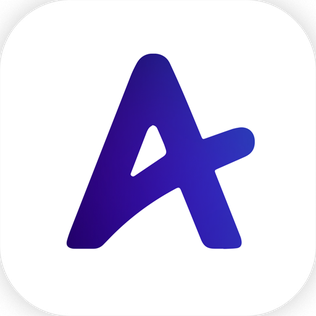1. Savings interest rate: 4.0% to 5.0%2. Frequent entry and exit type: 0.0%, insignificant 3. Paying only interest income tax (15.4%) 4. The first method of applying the Depositor Protection Act is to deposit dollars. It is to make a foreign currency bank account, convert the won into dollars, and then deposit dollars. In the case of foreign currency deposits, interest varies slightly from bank to bank and product to product.Direct Investment in Exchange Rate KODEX U.S. dollar futures KOSPIF Unlike other leverage and deposits for U.S. dollar futures and inverse products, interest is not generated. Finally, dividend income tax (15.4%) is generated. The dollar ETF is an index fund that follows the U.S. dollar exchange rate, and it can be viewed as a structure that generates profits as the dollar exchange rate rises and losses as it falls.In the process of investing in US stocks, I also use the occasional withdrawal type RP to manage waiting funds, but I’m very satisfied with the use. 4. Dollar ETFAt the end of last year, the dollar fell on expectations of the Fed’s base rate cut, and the value of the won seemed to rebound, but it was only a temporary phenomenon. As the U.S. economy is strong and expectations for a Fed rate cut weaken, the won seems to be relatively slow as the strong dollar continues. These price and economic indicators are also strengthening the strong dollar, and the possibility of former U.S. President Donald Trump’s victory in the U.S. presidential election is also reflected in the financial market, and it is widely expected that the trend will continue this year. 2.Dollar deposits, savings accountsThe won-dollar exchange rate is still settling in the 1,300 won range due to the strong dollar that continues this year.It is divided into the occasional withdrawal type and the contract type. The occasional withdrawal type can be freely purchased and sold, but the interest rate is low and the contract type has a fixed contract period. If you hedge within the contract period instead of having a high interest rate, you will suffer losses. When the maturity arrives, the contract type RP is changed to the occasional withdrawal type RP and maintained.How to Invest in Dollar: Forecasting the KRW Exchange Rate and Introducing the Benefits and Benefits of Deposit Savings RP and ETF FeaturesSimilar to gold, the dollar is one of the most safe assets that can be invested with interest in when inflation rises while the economy is in a recession. Unlike gold with limited resources, the dollar has a unique status as the world’s No. 1 reserve currency, although there are some differences in supply and demand determined by the US government’s policy judgment. Therefore, many investors think about investment methods and often transfer them as part of the means of investment technology through asset allocation. Today, I would like to introduce the pros and cons of deposits, savings RP, and ETFs, which are various investment methods, along with the outlook for the won-dollar exchange rate. Posting Table of Contents: 1. USD Exchange Rate and Forecast 2. USD Deposits, 3. USD Deposits, and 3. USD RP4. USD Futures ETF Futures2. When terminated within a high interest rate period according to a contract-type fixed contract period, the loss RP is a bond that is purchased and then sold back to a securities company after a certain period of time. You buy dollars and lend them to securities companies to receive bonds, and after the appointment period, you sell the bonds and receive the dollars you lent and the fixed interest rate.1. KRW exchange rate and forecastToday, we summarized various investment methods through deposits, savings, and RP ETFs.Products that collect dollars for a certain period of time, such as general won deposits and installment savings, are usually paid in the 4% range to as high as 5%, and interest is insignificant in the 0% range in the case of occasional withdrawal type products. The lack of tax on foreign exchange gains is an attractive advantage above all else, and it is also satisfactory that you only have to pay 15.4% interest income tax on interest income of 3 to 5%, and it is also satisfactory to protect depositors.Currently, KODEX US dollar futures and KOSPI US dollar futures are representative in Korea in terms of size and liquidity, and they do not generate interest like previous deposits or RP, but they have the advantage of being able to invest through a pension account. For this reason, many dollar ETFs traded in the domestic stock market are leveraged or inverse products that have the nature of derivatives and have to bet on their direction, so it does not seem to be a reasonable product to buy as a safe asset for the purpose of allocating assets. In addition, unlike dollar deposits and RP, income tax on investment returns should be recognized.1. Low interest compared to the contract type that allows free purchase and sale of the occasional withdrawal typeThere are certainly pros and cons for each type of investment method, so it would be good for each individual to choose and invest in consideration of their investment values and tendencies. In my case, I am investing in dollar RP and ETFs at the same time, and I think I should look at the volatility in the future and consider deposits as one of the methods.
![[SEVENTEEN talking to each other] Fourteen Mizuki songs. Stop [SEVENTEEN talking to each other] Fourteen Mizuki songs. Stop](https://god.matlab.kr/wp-content/plugins/contextual-related-posts/default.png)
